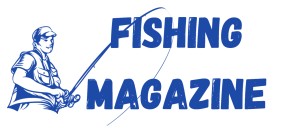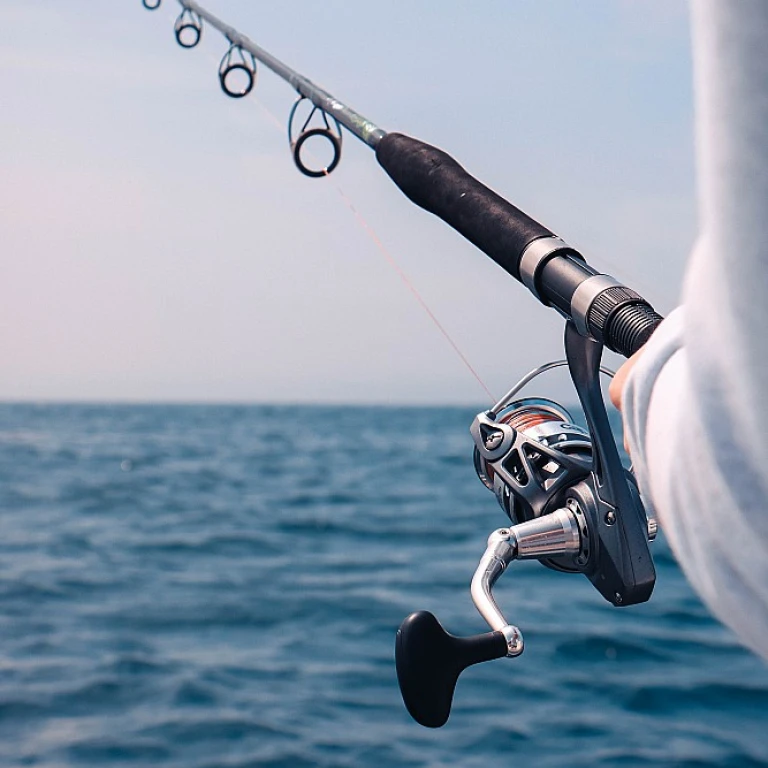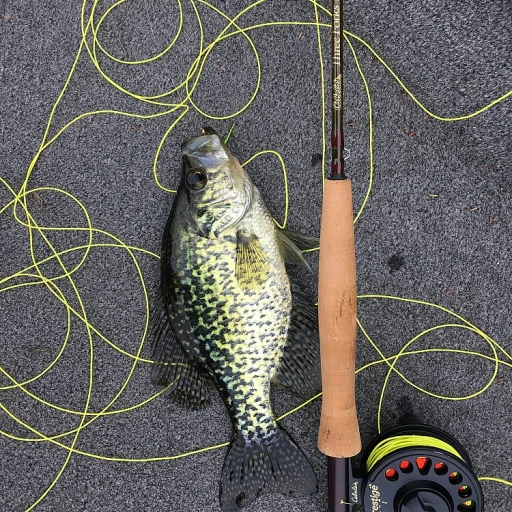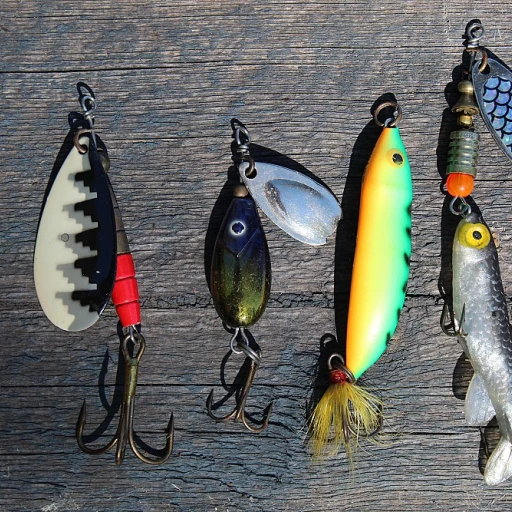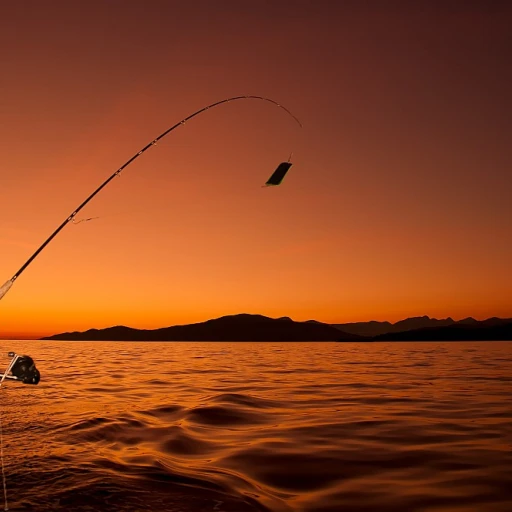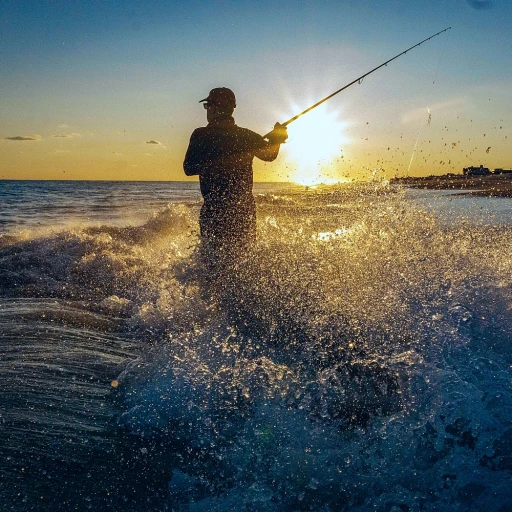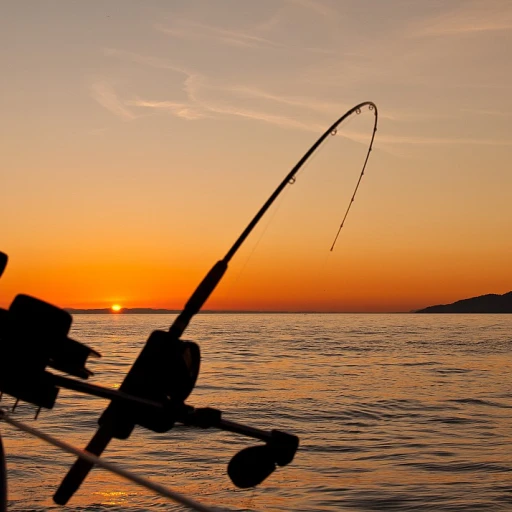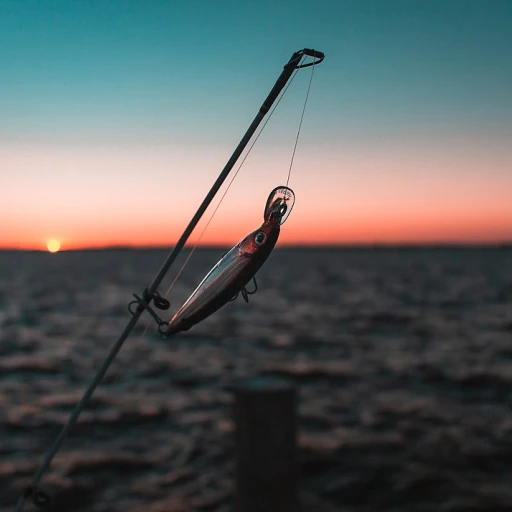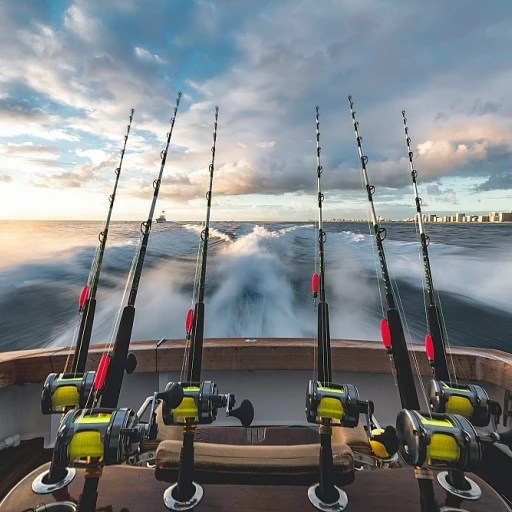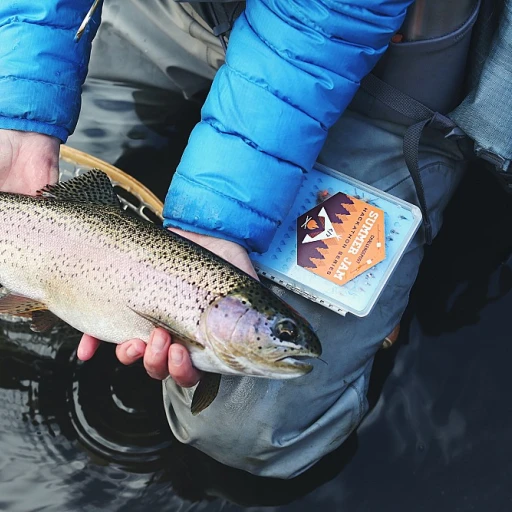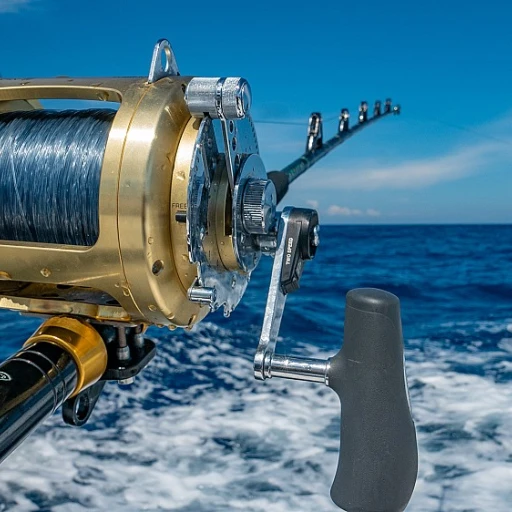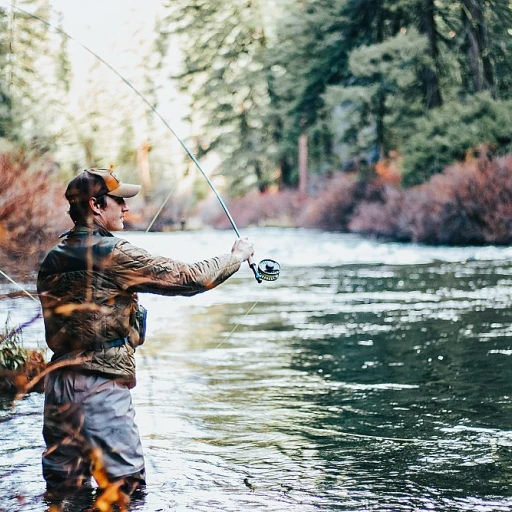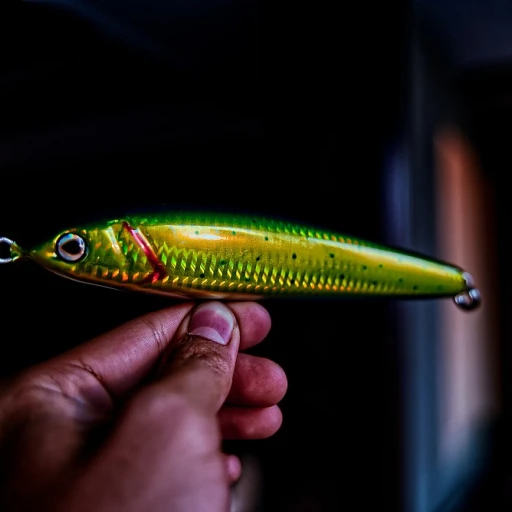
Understanding Smallmouth Bass Behavior
Exploring Smallmouth Bass Movement Patterns
Understanding smallmouth bass behavior is crucial for crafting effective flies that mimic their prey and trigger a strike. These crafty bass often prefer the intricate structures of rocky outcrops and submerged logs in both rivers and lakes. The behavior of smallmouth bass largely depends on the environment they inhabit, making it essential for fly fishers to observe and learn their patterns closely.
One vital aspect of smallmouth behavior is how they feed. Smallmouth bass are opportunistic feeders, often found probing the bottom for crawfish or darting to the surface to catch insects and small baitfish. Recognizing these feeding habits allows you to select the best fly patterns, whether targeting them on the topwater with poppers or getting down to the bottom with weighted flies.
Another important factor is water temperature, which greatly influences their activity levels. During warmer months, smallmouth are more active, aggressively striking topwater flies and dry fly patterns with fervor. However, in cooler temperatures, they might become more lethargic and stick closer to the riverbed or other structures. Adjusting your fly patterns to match these conditions will significantly enhance your chances of success in fly fishing.
When fishing smallmouth, understanding their social behavior can give you an edge. Smallmouth can often be found in schools, which makes locating one fish potentially very productive. Experimenting with different fly reels and fly rods can help leverage these schooling tendencies, especially when you’ve figured out their favorite hangouts during different times of the year.
For more detailed tactics and fly selection adjusted to smallmouth behaviors, check out this comprehensive guide to fly fishing flies.
Choosing the Right Materials for Smallmouth Flies
Materials Matter: Selecting Ingredients for Success
Crafting smallmouth bass flies requires a keen understanding of the materials used in fly tying. The right choice of materials can significantly influence your effectiveness on the water, helping you to entice fish and create durable flies.- Naturally Effective Elements: One cannot overlook the importance of natural materials such as deer hair. This versatile material is excellent for crafting poppers and topwater flies given its buoyancy. Additionally, its unique texture can create realistic movement on the water's surface, capturing the attention of the bass.
- Synthetic Alternatives: When seeking to create fly patterns that imitate prey found at the bottom or in the stream, synthetic materials come in handy. These materials offer durability and can add a variety of colors and textures to your bass flies. Be mindful to keep the weight balanced, as too much can alter the fly's performance in the water.
- Choosing the Right Hooks: Smallmouth bass possess a different feeding behavior compared to trout, meaning the hooks must be robust yet subtle enough not to spook the fish. Ensure the hooks match the size and type of fly you're tying, considering how they will perform during both the casting process and at the moment of the strike.
Techniques for Tying Smallmouth Flies
Crafting the Intricate Details
When it comes to creating effective smallmouth bass flies, understanding the techniques for tying can greatly enhance your fly fishing experience. Tying bass flies requires attention to detail and a solid grasp of how smallmouth bass behave and respond to different patterns in the water. With each fly pattern, your goal is to mimic an enticing prey that smallmouth bass can't resist. Here's how you can get started:- Focus on Simplicity: Begin with the basics and focus on simple patterns that offer versatility. Small, yet elegant, flies often yield the best results when fly fishing for smallmouth bass. Keep your designs uncomplicated, yet effective in water.
- Attention to Weight: Whether you are creating topwater flies or bottom-dwelling patterns, the weight plays a crucial role. Ensuring the right balance will help your fly mimic natural prey movement, which is essential when trying to attract bass. Adjust the weight to suit the depth of the stream and the expected behavior of smallmouth bass in river waters.
- Incorporating Movement: The best fly patterns not only look realistic but also move convincingly through the water. Consider using soft materials like deer hair that add lifelike motion to your creation. Even the slightest water current can make your fly appear alive, thereby attracting curious smallmouth bass.
- Utilize the Right Hooks and Lines: Matching your fly with the appropriate fly lines and fly reels ensures the best presentation. A well-balanced combination means more successful strikes. Choose hooks that are strong yet light, reducing the chance of spooking wary bass.
- Integrate Top-Bottom Techniques: When tying bass flies, think beyond traditional trout fly tying methods. Implement simultaneous top and bottom presentations by adding popper attachments or extra underbody layers to enhance attraction, fulfilling multiple fish-catching scenarios.
Testing and Refining Your Flies
Refining Your Fly Patterns for Greater Success
Crafting the perfect smallmouth bass fly is a mixture of art and science. Once you've tied a fly, it's essential to test it under real conditions to determine how well it performs. Observing how smallmouth bass react to your fly in the water will give you valuable insights into its effectiveness. Spend time on different types of water bodies, like rivers and streams, to test your flies. Each environment might require some adjustments in your approach. Pay attention to whether your fly stays near the top or bottom, which can indicate if changes in pattern or weight are necessary.- Adjusting Fly Weight: If your fly sinks too quickly or doesn't reach the desired depth, consider adjusting the weight. Adding or removing a bit of weight can significantly affect how the fly interacts with the current and its depth control, enhancing its appeal to the smallmouth bass.
- Refining Fly Patterns: Sometimes, the smallest tweaks in the pattern can make a big difference. Try different materials like deer hair or popper heads to see what works best. Observing the natural forage of smallmouths, such as trout or specific topwater creatures, can lead to effective mimicry in fly designs.
- Observing Smallmouth Behavior: Watch how smallmouths respond. Do they attack the fly aggressively or seem uninterested? These behavioral cues can guide your modifications. For instance, if a bass shows interest but doesn't commit to striking, it might indicate the fly needs more contrast or a profile change to trigger a better response.
Essential Tools for Fly Tying
Top Essential Tools to Enhance Your Fly Tying Experience
When it comes to crafting exceptional flies for smallmouth bass, having the right fly tying tools is just as crucial as mastering the techniques. Here's a closer look at the essential tools that will make your fly tying session more efficient and enjoyable.- Fly Tying Vise: Invest in a high-quality fly tying vise as it will hold your hook securely and provide stability, making the rest of the process much smoother. A good vise should comfortably accommodate hooks of varying sizes, from topwater flies down to bottom-dwelling patterns.
- Bobbin Holder: The bobbin holder is indispensable, allowing you to control the tension of your tying thread. This tool will ensure even wraps as you build intricate patterns in your bass flies.
- Thread Scissors: Precision is key, and thread scissors will help deliver clean cuts for a neat finish. Select sharp, durable scissors to handle various materials, such as deer hair and synthetic fibers.
- Bodkin Needle: This versatile tool is used for applying head cement, picking out fibers to create a lifelike pattern, or even untangling tight thread wraps. A bodkin is an inexpensive yet highly useful addition to your setup.
- Whip Finisher: A whip finish tool helps you create secure knots, ensuring your hard work on crafting the pattern won't come undone. Mastery of the whip finish is an essential skill for any bass fly tier.
- Hackle Pliers: These are necessary for applying feather hackles, which add an enticing motion to your flies in water. Look for a pair that offers a firm grip and comfortable handling.
- Hair Stacker: When working with deer hair, this tool is invaluable for aligning the tips, resulting in a more uniform and attractive fly. It's particularly useful when tying bass fly patterns aimed at mimicking stream smallmouth natural prey.
Tips for Successful Smallmouth Fly Fishing
Maximize Your Fly Fishing Success
For enthusiasts passionate about smallmouth bass, fly fishing can be both an art and a rewarding sport. Crafting effective smallmouth flies requires not only skill but also a clear strategy when hitting the waters. Here are some practical tips to boost your fly fishing experience:- Understand the Water: Knowledge of the river or stream is pivotal. Smallmouth tend to gravitate towards certain spots based on water temperature and flow. Focus on areas with structure like rocks and submerged logs where bass might be lurking.
- Adapt Your Techniques: While poppers and topwater flies are effective in still conditions, don’t hesitate to switch to weighted patterns if bass are holding closer to the bottom. Techniques learned during fly tying will help you adapt on the fly.
- Match the Hatch: Observe the natural prey in the area – it might be trout or other smaller fish. Craft flies that resemble the local diet to entice those finicky smallmouth bass.
- Tailor Your Gear: Equip your fly rods and reels with fly lines that cater to both topwater and bottom fishing. Having the flexibility to switch strategies can prove vital in uncertain fishing conditions.
- Patience is Key: The most successful fly fishing expeditions for smallmouth bass require patience and precision. Spend time refining your cast and presentation, ensuring it mirrors the natural motion of potential prey.
- Engage with Fly Tying: The art of fly tying should be a continuous learning process. Each fly you craft has the potential to teach you about your target bass, the current, and the river environment.
